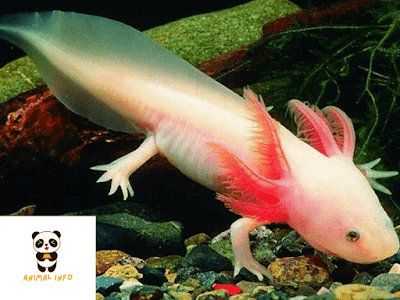 |
axolotl |
WHO IS IT?
It looks like a giant tadpole, at first glance. However, the Ajolote ("axolotl", in Nahuatl) has quite peculiar characteristics: it is an elongated salamander with a compact trunk, large head, and small eyes (lacking eyelids). Its mouth has a large capacity and contains tiny teeth that are arranged in rows at the entrance to the oral cavity. It resembles frogs in that it has a retractable tongue, and uses the external lateral gills of the neck to breathe, letting the water it takes from the mouth escape through the moving gills. The oxygen-laden water passes through the gills, near the blood capillaries, and by the exchange in favor of the gradient reaches the blood. Carbon dioxide, in the same way, goes into the water in the opposite direction.
The lung sacs of what was considered to be the reincarnation of the god Xólotl (patron of the dead and resurrected for primitive Mexicans) have barely been fully developed. Despite this, the axolotl occasionally rises to the surface to take a breath. It is an endemic species of Mexico, not in vain it is only found in Lake Xochimilco, where it survives in critical danger.
WHAT DOES AJOLOTE EAT?
It is a carnivorous amphibian whose diet consists of small crustaceans, insect larvae, worms, slugs, snails, worms, tadpoles, and some fish.
HOW IS AJOLOTE PLAYED?
The reproduction of the axolotl is quite curious since it is an animal that, although it retains its larval state to a large extent, has the ability to mature sexually and reproduce. There is, however, a mature stage: some individuals reach maturity, but irregularly. For this reason, when it is free, it is common for it to present a mottled black or brown appearance, unlike the albino and white variety, whose larval or semi-larval morphology is more typical of specimens bred in captivity.
Comments
Post a Comment